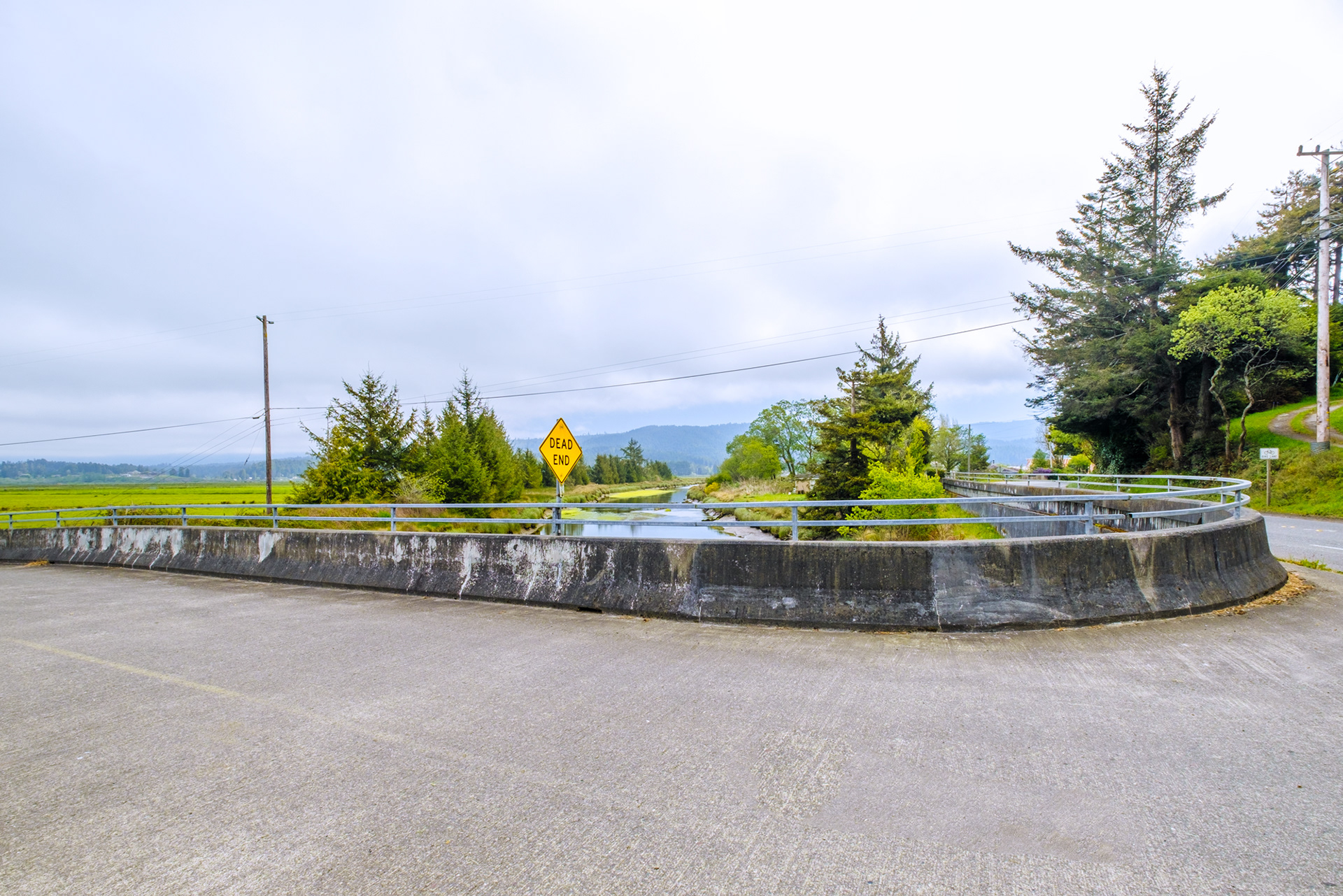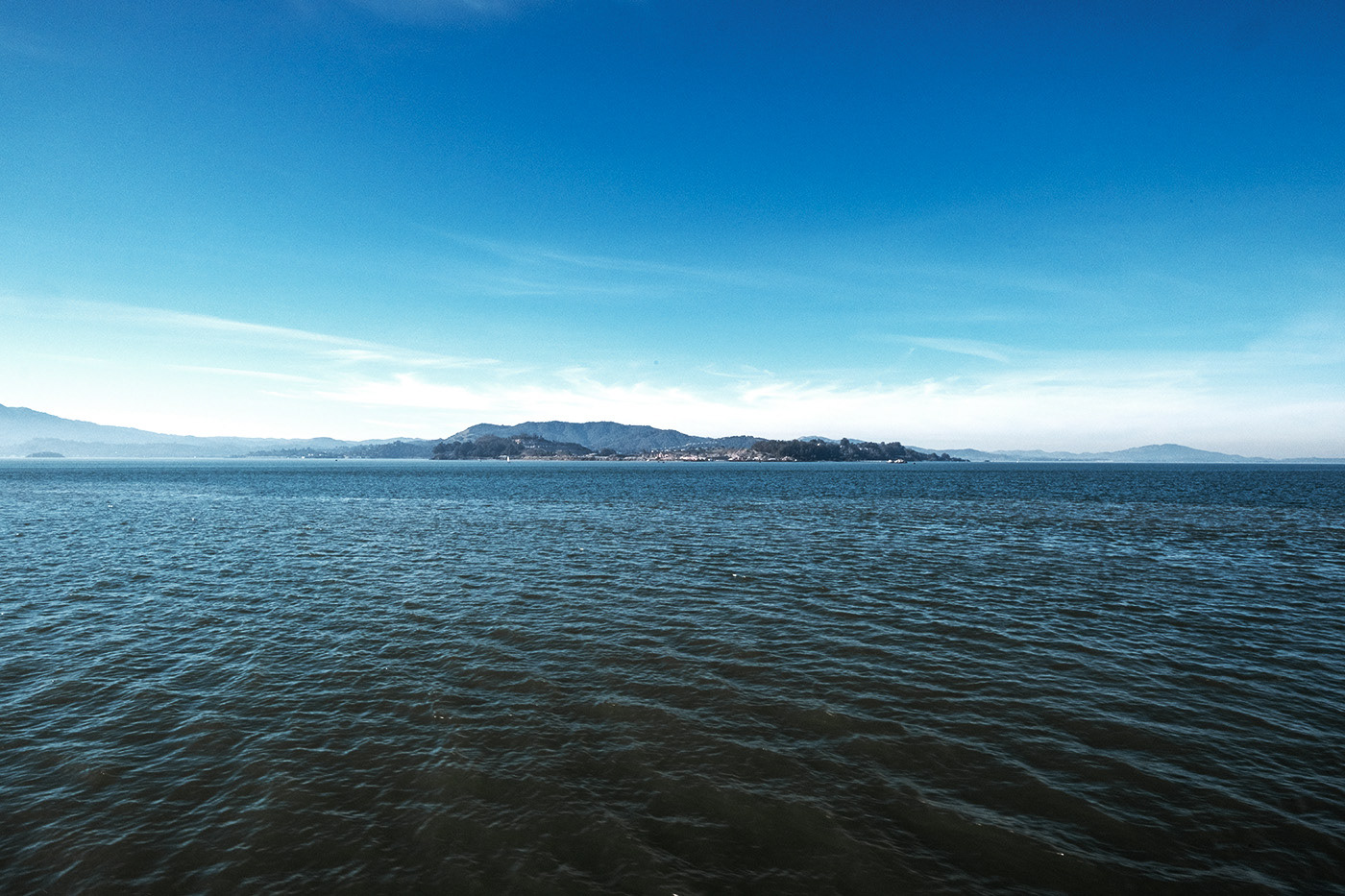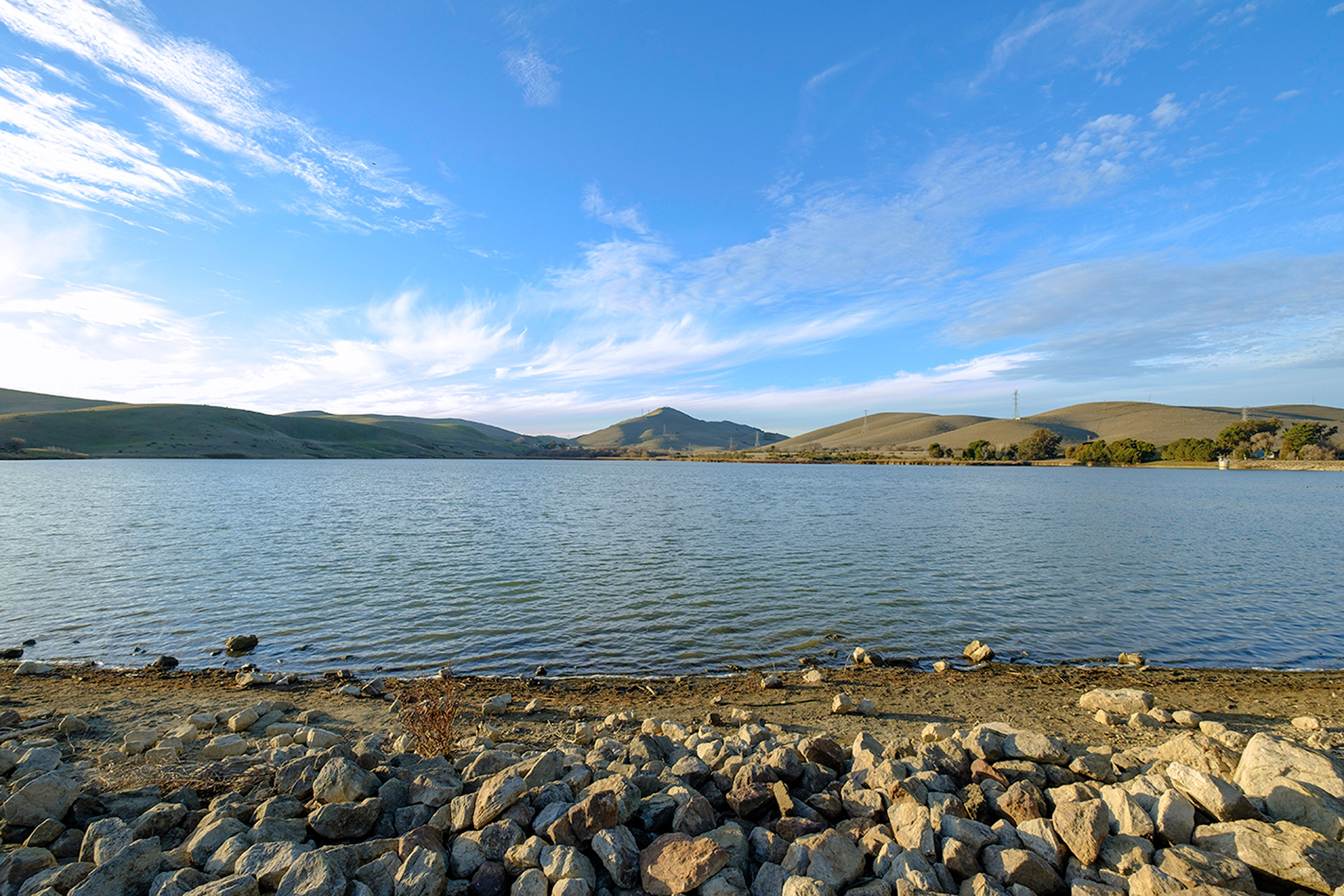
Chenin 2020

Alice 1973

Kerry 1997

Laci 2002

Felicia 2016

Betsy 1968

Juli 1999

Kathleen, 1976
This series of landscape photographs explores places marked by a quiet yet powerful history of violence—ordinary locations forever altered by tragedy. These are sites where victims of femicide were discarded—hidden in forests, beneath dense undergrowth, along riverbanks, or in the hollows of ravines meant to remain unseen. Yet the land is never still—its shifting cycles of growth, erosion, and decay ensure nothing stays hidden forever.
Nature is often seen as a place of stillness, renewal, and refuge. Yet no one can fully know the history of a place, the lives it has held, or the losses it has absorbed. The land remembers in ways we cannot always see, its surface concealing traces of the past beneath fallen leaves, eroding soil, and rising waters. Trees grow around these absences, roots press into the earth, and wind and rain reshape the ground—ensuring that even in nature’s silence, the echoes of violence remain. Through these photographs, I seek to capture the tension between presence and absence, beauty and loss.
A photograph records what is physically present in a landscape, yet it can also evoke what is missing—traces of people, events, and histories that have been erased or forgotten. By framing these sites with an awareness of their past, photography reveals absence, making the unseen visible. The land moves indifferently through cycles of decay and renewal, yet the weight of what has happened lingers—in the soil, the trees, and the air.
There is an unsettling connection between these acts of violence and the broader mistreatment of the natural world. Just as women’s bodies have too often been treated as disposable, so too has the land—forests stripped, rivers polluted, landscapes abandoned. These sites are not just crime scenes; they are part of a larger history of harm and neglect. And yet, both the earth and the women lost here embody a quiet resilience, holding the memory of what they have endured.
This work is not about sensationalizing tragedy but about remembrance—an act of seeing, of acknowledging how violence against women is both hidden and ever-present. What appears to be an ordinary clearing, a quiet riverbank, or a secluded trail may have borne witness to unspeakable acts.Awareness of these histories changes the way we see and move through these spaces.
Like the women lost here, the land carries its scars—gouged earth, felled trees, polluted waters—deep and lasting imprints of suffering. Still, it persists. By documenting these places, I hope to question what it means to bear witness: how we remember, how we forget, and how the land endures, holding the countless traces of what has come before.